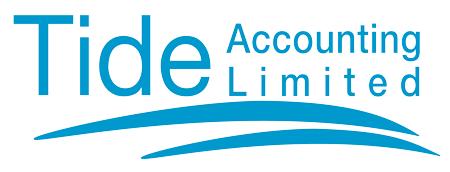The VAT domestic reverse charge accounting mechanism was put in place to help prevent criminal attacks on the UK VAT system by means of sophisticated fraud.
UK businesses receiving certain specified goods and services are liable to account for UK VAT, by way of the domestic reverse charge procedure. Under the domestic reverse charge rules, it is the responsibility of the customer, rather than the supplier, to account to HMRC for VAT on supplies of the specified goods or services. It should be noted that there are exceptions within each category, and it is important to check carefully if the domestic reverse charge is required on a transaction or not.
The specified goods that the reverse charge applies to are:
- mobile phones
- computer chips
- wholesale gas
- wholesale electricity
The specified services are:
- emission allowances
- wholesale telecommunications
- renewable energy certificates
- construction services
The following example is included in HMRC’s internal manual to help outline how the charge works:
A VAT registered UK distributor of mobile phones sells a number of mobile phones to a VAT registered UK retailer for a VAT-exclusive value of £6,000, an amount that is above the de minimis limit. The distributor does not charge VAT on the supply (£1,200), specifying on its invoice that the reverse charge applies.
The retailer will account for the distributor’s output tax (£1,200) but will also reclaim the amount as input tax, thus producing a nil net effect. The retailer now sells the mobile phones to members of the general public, charging VAT on the supply as normal.
The domestic reverse charge should not be confused with the reverse charge for cross-border services which applies to certain services from abroad.

